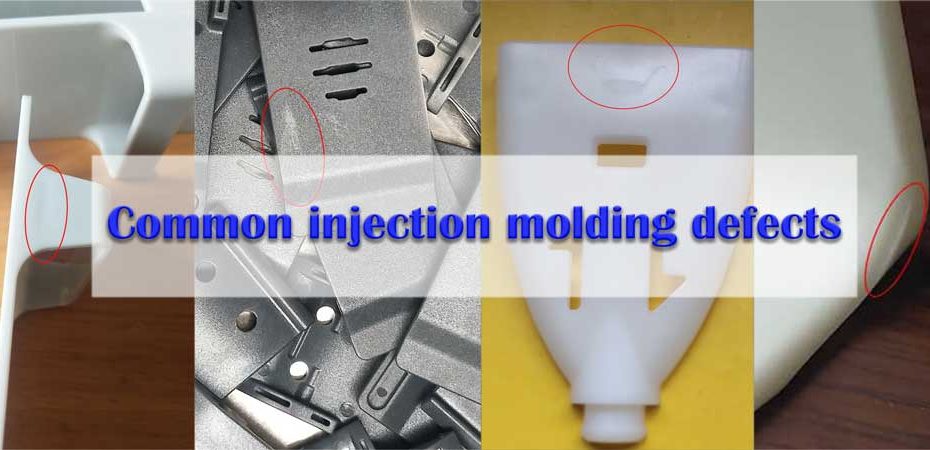In today's manufacturing landscape, the demand for accuracy and effectiveness in manufacturing processes has never been higher. Plastic injection molding service stands out as a crucial method for producing high-grade plastic components in bulk. The technique not only allows the creation of complex designs but also offers the capability to replicate those designs consistently, which makes it an ideal choice for numerous industries including the automotive sector, consumer goods, and medical devices.
At the core of this process lies Computer-Aided Design, or CAD, which plays a crucial role in the creation of injection molded products. By enabling designers to create complex 3D models, CAD streamlines the transition from idea to manufacturing. The integration of CAD in plastic injection molding service enhances precision, reduces production times, and minimizes costs, ultimately leading to superior products and greater customer satisfaction.
Summary of Computer-Aided Design in Manufacturing
CAD, or CAD, has revolutionized the production industry by providing effective tools for developing and imagining intricate structures. In areas such as plastic molding process, CAD enables professionals to generate detailed three-dimensional models that can faithfully represent the finished item. This tool enhances the development process, allowing for speedy prototyping and modifications based on customer feedback, which improves overall efficiency.
The implementation of CAD technologies into production processes has led to significant enhancements in accuracy and accuracy. By using CAD, creators can examine and mimic how different design elements will cooperate during the injection molding process. This capability reduces the chance of flaws and defects in the end product, as designs can be evaluated virtually before any actual molds are created. Consequently, manufacturers can achieve superior quality standards and fulfill client demands more reliably.
In addition, CAD encourages collaboration among multiple teams involved in the injection molding process. Designers, engineers, and team members can easily exchange and alter designs in real time, leading to a more integrated workflow. This collaborative method not only reduces the time from development to production but also ensures that the end product aligns closely with the initially intended concept, satisfying client expectations effectively.

Benefits of CAD in Plastic Injection Molding
A key benefits of CAD in plastic injection molding is the enhancement of design accuracy. CAD software facilitates precise modeling of components, which allows engineers to create intricate designs that fulfill specified tolerances. This accuracy minimizes the likelihood of errors that can arise during the manufacturing process, resulting in higher quality products and reducing waste. As a result, companies can save time and resources while ensuring that their final products fulfill the desired specifications.
A further significant advantage of CAD in plastic injection molding is the potential to simulate the injection process. With CAD tools, engineers can model how molten plastic will fill the mold, recognizing potential issues such as air traps or flow inconsistencies before production begins. This feature enables teams to optimize the design and modify the mold as needed, resulting in shorter development cycles and faster introduction for new products. The simulation aspect also aids in predicting the performance of the molded parts, contributing to better product reliability.
Additionally, CAD encourages improved collaboration among design and manufacturing teams. By using centralized CAD files, stakeholders can easily exchange and review designs, thereby simplifying to incorporate feedback and make necessary adjustments. This collaborative approach not only enhances communication between teams but also ensures that everyone involved in the plastic injection molding service is in sync with the project goals. Ultimately, this integration enhances workflows and enhances the overall efficiency of the production process.
Case Studies of CAD Applications in Mold Manufacturing
One notable case study demonstrates the significant effect of CAD in streamlining the design workflow for a electronics manufacturer. By using sophisticated CAD software, the manufacturer was able to develop intricate and precise designs for its product components. The utilization of CAD allowed for rapid prototyping, allowing the team to see and examine the functionality of each part before going into manufacturing. As a result, the firm reduced its time to market, eventually resulting in enhanced market position in the rapidly changing electronics industry.
Another example involves a healthcare technology company that adopted CAD software to enhance the accuracy and efficiency of its injection molded parts. By using 3D modeling, the engineers were able to spot potential design flaws early on. This preventive approach considerably reduced the risk of costly design revisions during the manufacturing phase. Additionally, the capability to model injection dynamics in CAD software ensured optimal material flow and minimized waste, contributing to a more sustainable manufacturing process.
Finally, a top automotive parts supplier applied CAD to innovate the development of light fixtures that met stringent safety standards. The use of CAD enabled the engineering team to closely analyze stress points and optimize material distribution, resulting in both performance and cost savings. With the ability to refine designs quickly and incorporate manufacturing feedback directly into the modeling process, the supplier not only did fulfill customer requirements but also enhanced its reputation for quality in the injection molding service sector.
